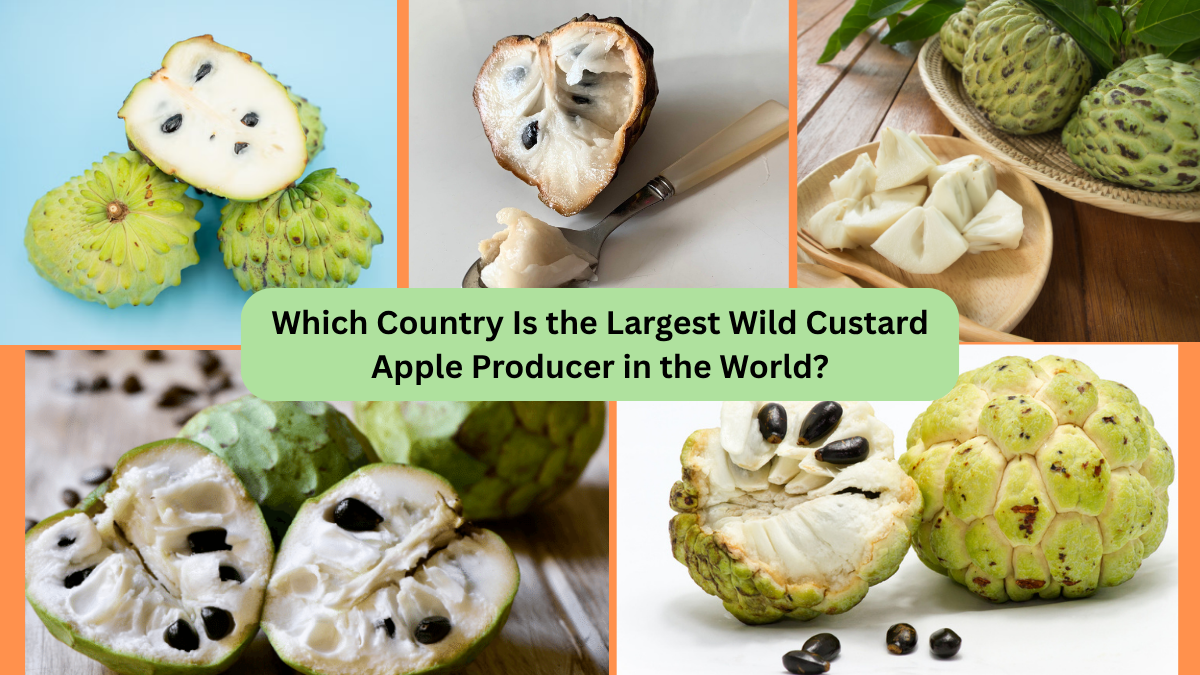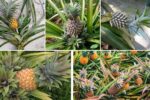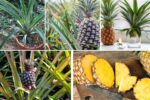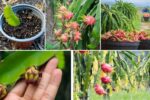The Wild Custard Apple, known scientifically as Annona reticulata, is a tropical fruit native to the Americas but now grown in various tropical and subtropical regions around the world. This lesser-known cousin of the more popular sugar apple (Annona squamosa) and cherimoya (Annona cherimola) has gained attention for its unique flavor, medicinal benefits, and traditional uses in many cultures. But one question often arises among horticulturists, botanists, and fruit enthusiasts: Which country is the largest Wild Custard Apple producer in the world?
In this article, we’ll explore the origins of Wild Custard Apple, its global cultivation trends, leading producers, and why one particular country stands out as the world’s largest supplier of this intriguing fruit.
Understanding the Wild Custard Apple
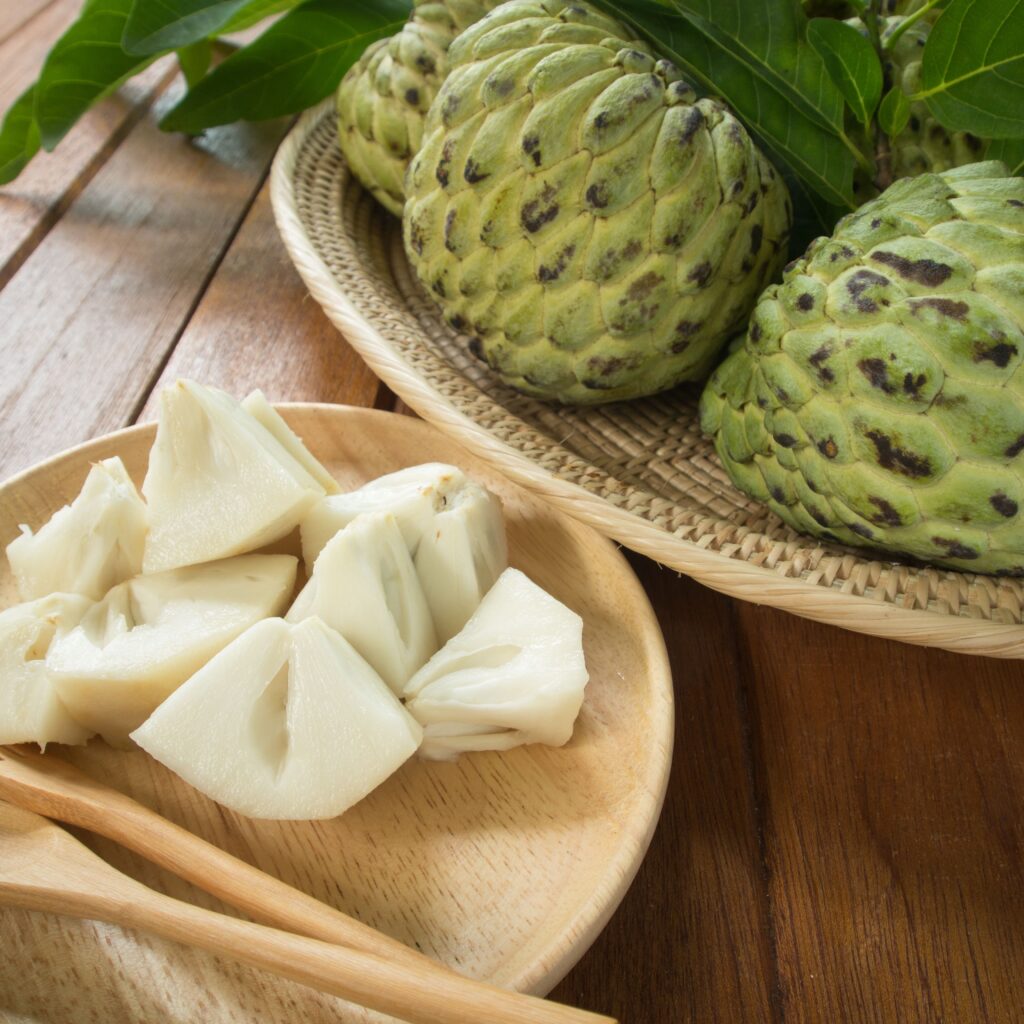
Before we dive into global production, it’s essential to understand what makes the Wild Custard Apple so unique.
What Is Wild Custard Apple?
The Wild Custard Apple, or Annona reticulata, belongs to the Annonaceae family, which includes several tropical fruit-bearing trees. Unlike its cultivated relatives, the Wild Custard Apple often grows in the wild, particularly in dry tropical forests and subtropical woodlands.
Key Features:
- Shape & Size: Medium to large-sized fruit with a heart-like shape.
- Skin: Thin, with a reticulated or netted appearance, often greenish-yellow or brown when ripe.
- Pulp: Creamy, sweet, and slightly tangy flesh containing numerous black seeds.
- Flavor Profile: A mix of custard-like sweetness with earthy undertones.
Traditionally, it’s consumed fresh, used in beverages, or utilized in traditional medicine for its anti-inflammatory and digestive benefits.
Origins and Native Distribution

The Wild Custard Apple is believed to be native to the tropical regions of Central America and the Caribbean. Historical records and archaeological findings suggest that indigenous peoples of Mexico, Guatemala, and Belize have cultivated and consumed this fruit for centuries. From these regions, the plant spread to parts of South America and the West Indies, eventually reaching Asia, Africa, and Australia through trade and colonization.
Global Cultivation of Wild Custard Apple
While it primarily grows in the wild, several countries have adopted its cultivation in both commercial orchards and as a minor crop for local consumption. The fruit thrives in areas with a warm tropical climate, moderate rainfall, and well-drained soil.
Major Wild Custard Apple Growing Regions:
- Central America: Mexico, Guatemala, Belize, Honduras
- South America: Brazil, Colombia, Venezuela
- The Caribbean: Jamaica, Cuba, Dominican Republic
- South Asia: India, Sri Lanka, Bangladesh
- Southeast Asia: Thailand, Vietnam, Philippines
- Africa: Kenya, Uganda, Nigeria
- Australia: Northern Queensland
Which Country Is the Largest Wild Custard Apple Producer in the World?
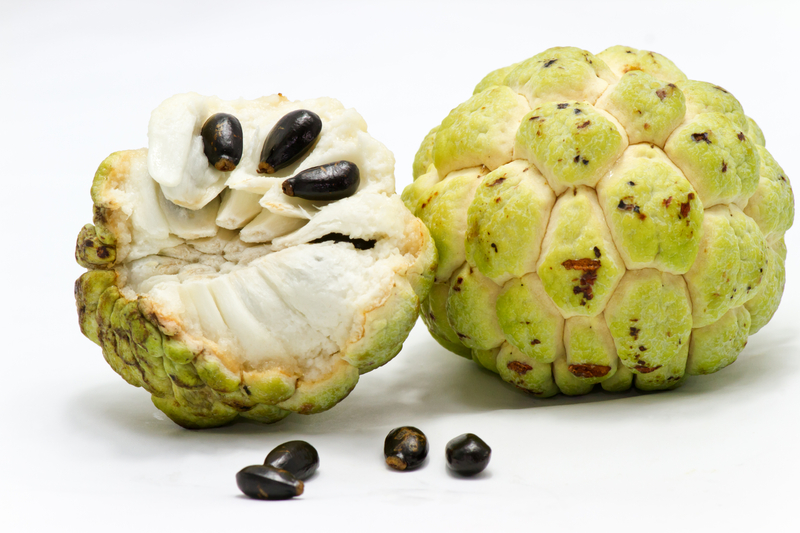
After analyzing global horticulture data, agricultural reports, and production trends, it becomes evident that India holds the title of the largest Wild Custard Apple producer in the world.
Why India?
India’s tropical and subtropical climates offer ideal conditions for cultivating various Annona species, including Wild Custard Apple (Annona reticulata). While traditionally grown in the wild across the dry forests and hilly regions of central and southern India, the fruit has gained popularity in recent decades due to its medicinal uses, ecological benefits, and growing market demand.
Wild Custard Apple Production in India: A Closer Look
India’s Wild Custard Apple production is concentrated in several states, primarily:
- Maharashtra
- Madhya Pradesh
- Chhattisgarh
- Andhra Pradesh
- Rajasthan
- Karnataka
- Odisha
Key Facts:
- Harvest Season: July to November (depending on region)
- Production Method: Mostly wild harvesting, with some farmers cultivating the trees in orchards and agroforestry systems.
- Uses: Consumed fresh, used in desserts, juices, and traditional Ayurvedic medicine. Its leaves, seeds, and bark are also utilized for their medicinal properties.
Production Volume
Though precise global data for Wild Custard Apple is limited due to its niche status, India’s annual production is estimated to be over 100,000 metric tons — the highest globally. This figure includes both wild and semi-cultivated fruits.
Other Leading Producers

While India dominates, other countries with significant Wild Custard Apple presence include:
Mexico
As a native habitat, Mexico continues to cultivate Wild Custard Apple in its central and southern states. However, production is largely localized and primarily for domestic consumption or small-scale export.
Brazil
In Brazil, Wild Custard Apple grows naturally in the northeastern regions, especially in the states of Bahia and Pernambuco. It’s consumed fresh and used in local delicacies.
The Philippines
Known locally as Atis (though usually referring to sugar apple), Wild Custard Apple is grown in backyard farms and small orchards, especially in the Luzon region.
Kenya & Uganda
In East Africa, Wild Custard Apple thrives in the highland and lowland tropical areas. It’s valued for its drought tolerance and is part of traditional diets and medicine.
Why Wild Custard Apple Production Matters
The cultivation and harvesting of Wild Custard Apple have ecological, economic, and medicinal significance.
Ecological Benefits:
- Grows in marginal soils and dry areas, aiding in land restoration.
- Provides habitat for birds, insects, and wildlife.
- Aids in biodiversity conservation.
Economic Impact:
- Source of income for tribal and rural communities through wild harvesting.
- Increasing demand in urban markets for organic, exotic fruits.
Medicinal Uses:
- Traditional remedy for digestive issues, inflammation, and skin problems.
- Leaves used for treating infections.
- Bark and seeds have anti-parasitic properties.
Challenges in Wild Custard Apple Production
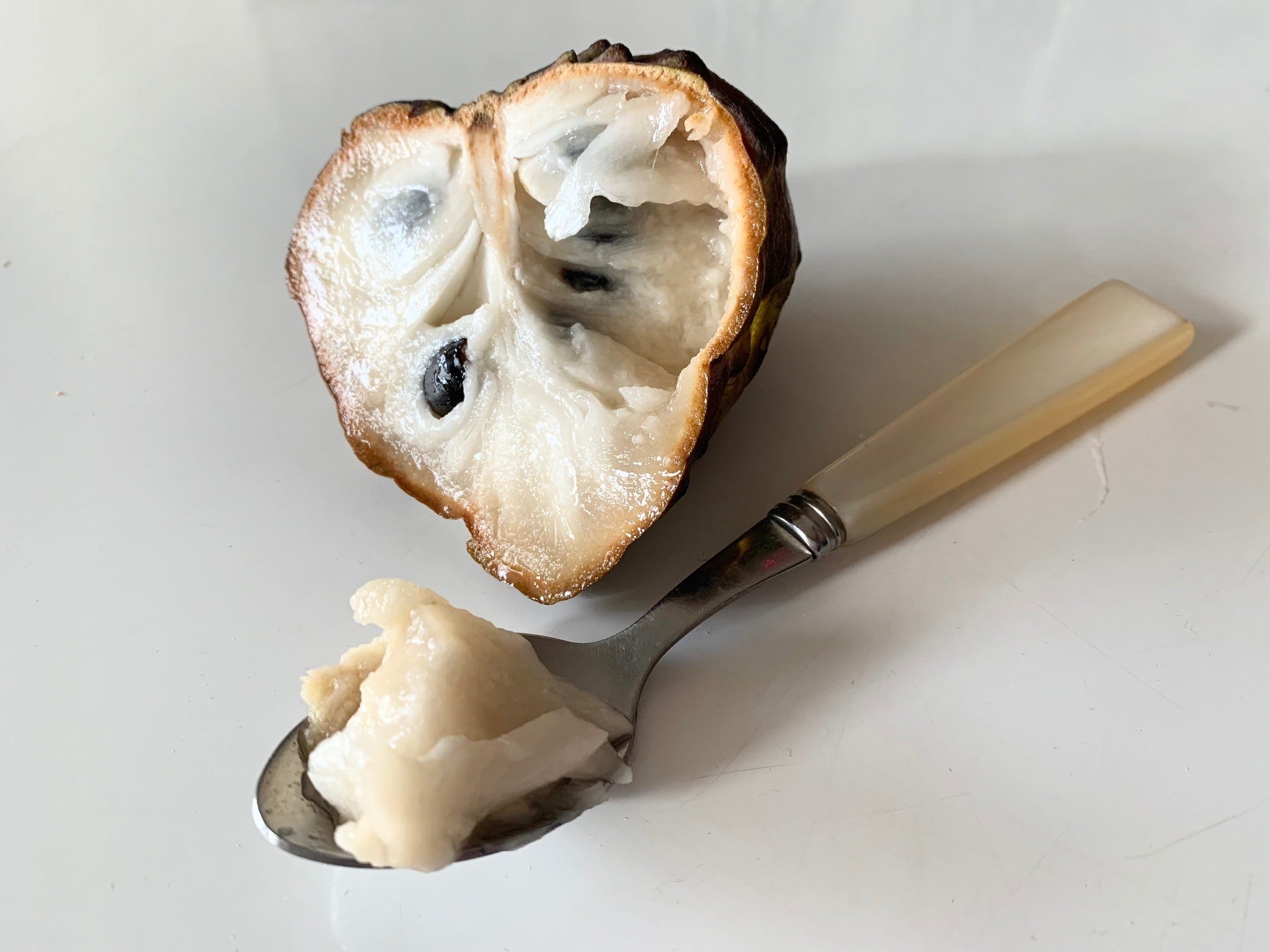
Despite its benefits, the Wild Custard Apple industry faces challenges:
- Limited commercial plantations and reliance on wild harvesting.
- Short shelf life affects transport and marketability.
- Lack of awareness about its nutritional and medicinal value among urban consumers.
- Insufficient agronomic research to improve yield and pest management.
The Future of Wild Custard Apple Cultivation
Given its resilience to drought and ability to thrive in poor soils, the Wild Custard Apple has potential as a sustainable crop in arid and semi-arid regions. In India, government initiatives and NGOs have begun promoting its plantation in agroforestry systems and wasteland reclamation projects.
In global health-conscious markets, the fruit’s unique flavor and medicinal properties could position it as a sought-after exotic fruit in the years to come.
Conclusion
To summarize, India stands as the largest Wild Custard Apple producer in the world, thanks to its favorable climate, extensive wild forests, and traditional appreciation for this versatile fruit. While other countries like Mexico, Brazil, and the Philippines contribute to its global presence, India’s dominance in both wild harvesting and growing market demand make it the undeniable leader.
As awareness of the Wild Custard Apple’s benefits grows, it may soon find a larger place not just in local markets, but also on international gourmet menus and health food shelves.
